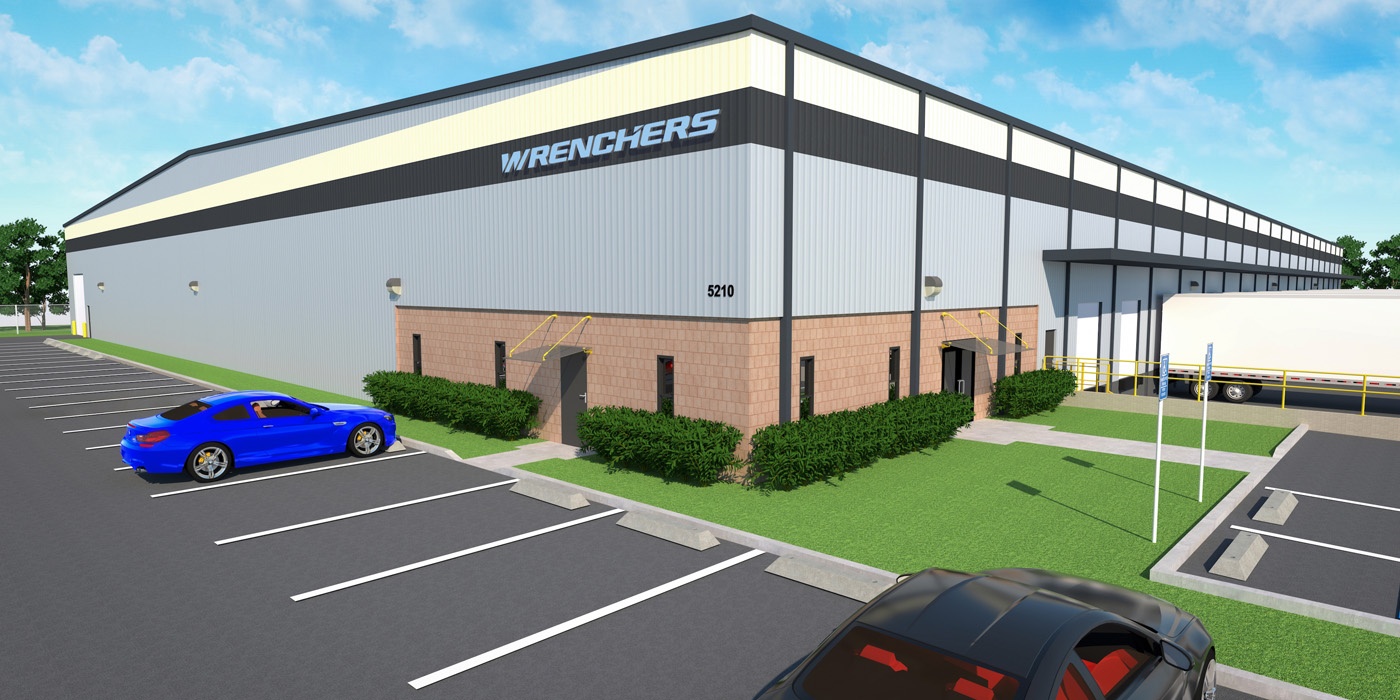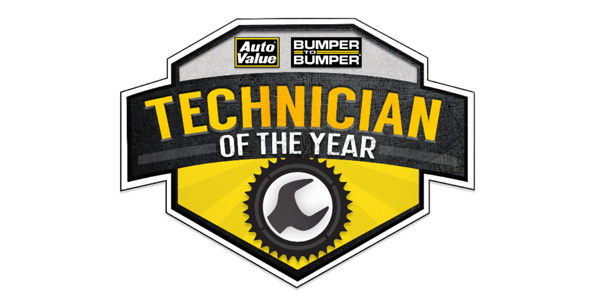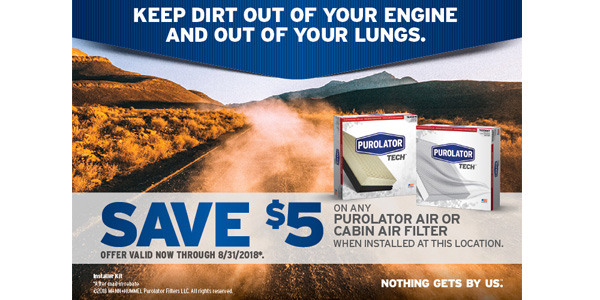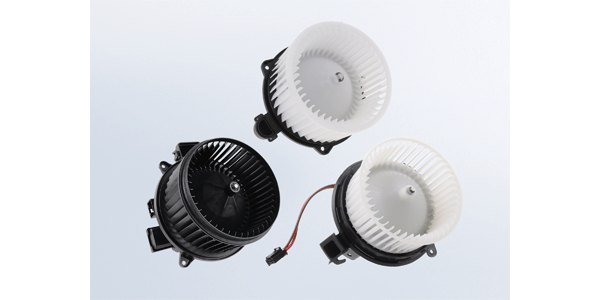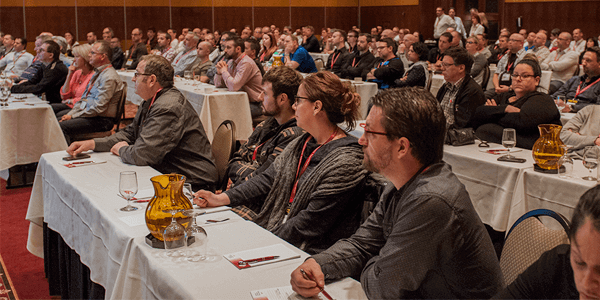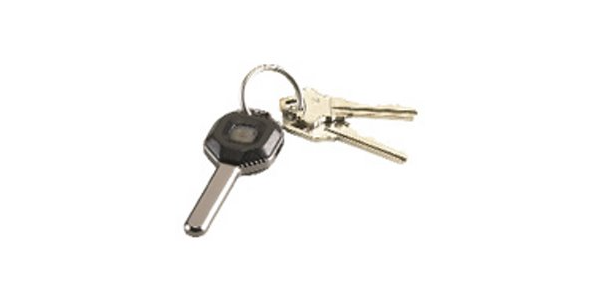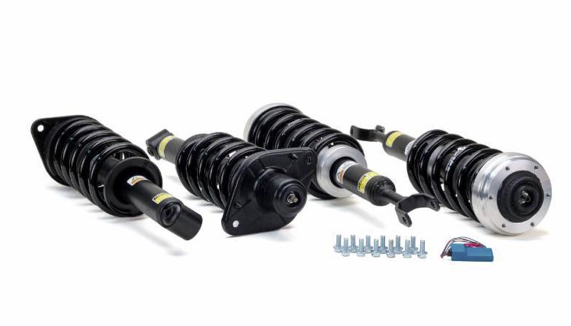Reman parts are typically sold as a lower-cost alternative to new parts. When you look up a replacement part for a customer, you may find one or more listings for reman parts as well as new parts. The availability of reman parts will depend on the application and what the part is. But for many components such as alternators, starters, water pumps, brake calipers, clutches, FWD halfshafts and steering racks, reman is usually an option and often the least expensive way to go.
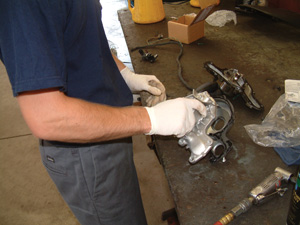 In recent years, the price advantage that reman parts have enjoyed with respect to new parts has been eroded. Countless container loads of low-cost new parts from China and other offshore suppliers have flooded the aftermarket. This has increased the price pressure on rebuilders and remanufacturers to cut costs even more to maintain a price advantage. Some have started selling their reman parts outright, with no core returns.
In recent years, the price advantage that reman parts have enjoyed with respect to new parts has been eroded. Countless container loads of low-cost new parts from China and other offshore suppliers have flooded the aftermarket. This has increased the price pressure on rebuilders and remanufacturers to cut costs even more to maintain a price advantage. Some have started selling their reman parts outright, with no core returns.
Consumers like a no-core policy because they don’t have to bring in their old part when they make their purchase, or make a second trip back to the parts store to get their core deposit back if they couldn’t bring in their old part on the first trip. Parts stores and warehouse distributors also like a no-core policy because they don’t have to mess with handling and storing and shipping piles of old, greasy car parts. There are no core credit issues, and no arguments over whether or not the correct core was exchanged for a part.
On the other hand, a no-core policy undermines the basic premise of parts remanufacturing and recycling. Reman parts are now touted as “green” environmentally friendly parts because they conserve energy and resources. Reusing the casting and a high percentage of the components from an original equipment part to produce a reman part reduces the demand for raw materials and manufacturing expense.
Every time a new part is sold without an exchange, there is one less core available that can be recovered and recycled. The old core often ends up in the trash and goes to a landfill, and is lost forever. With a common part, that might not be a big issue. But with a hard-to-find core, it can add to the scarcity and drive up the price on the remaining pool of cores.
BENEFITS OF REMAN PARTS
The Automotive Parts Rebuilders Association (APRA) says remanufacturing typically reuses about 88 percent of the raw materials from the original parts. Valuable castings and metals such as aluminum, copper and iron that might otherwise end up in a landfill are recycled and returned to service, reducing the need for new raw materials.
Remanufacturing also requires much less energy to produce a finished product than what it takes to manufacture a brand new part. The difference can be as great as 85 percent. Consequently, reman parts help reduce the carbon footprint of automotive parts manufacturing significantly.
Reman parts that are rebuilt locally or domestically (in the U.S.) also reduce our need to buy more new parts from China or other offshore suppliers. Every reman part that is purchased from a U.S. supplier helps to reduce our lopsided balance of payment problems with China, and helps employ American workers.
IS PRICE ALL THAT MATTERS?
Some retailers would argue that price is paramount, and that almost nothing else matters. In today’s highly competitive retail market, sales can be lost if another store down the street is selling the same part for a few dollars less. There’s also much more competition these days from online merchants for DIY customers and even professional installer customers. Without the overhead of a physical store, Internet prices can be very competitive with store prices. Because of this, there is enormous pressure on all part suppliers (both reman and new) to cut their costs to the bone, and offer their products at the lowest possible price.
Unfortunately, parts suppliers can cut costs only so much before quality starts to suffer. Where’s the value in selling the lowest-cost reman parts if the quality is no good?
The old saying that you get what you pay for is as true today as ever. Cheapest often means exactly that: the cheapest quality at the cheapest price.
QUALITY VERSUS PRICE
The quality of reman parts that are being sold in the aftermarket today range from excellent to junk. Some reman parts are not much more than used parts that have been cleaned up, painted and thrown in a box. Some reman parts contain a few new components, but cut costs by reusing a very high percentage of worn components.
Such cheaply produced reman parts are not the types of parts an informed consumer would want to put on their vehicle. Why? Because low-quality reman parts won’t hold up like quality remanufactured parts from a name brand supplier, or new parts that are OEM quality. The only purpose these “value line” products serve, in my opinion, is to provide a temporarily low-cost fix — and to lure customers into your store. I don’t think that’s a good approach to selling parts. But the decision to carry a line of low-cost, low-quality reman parts is usually made much higher up the corporate ladder, and usually to achieve short-term profit goals.
Nobody wants comebacks. But one of the main consequences of selling a line of low-quality reman parts that have a high defect or failure rate is comebacks. As long as the volume of complaints and returns is “acceptable” to management, your store may continue to carry a low-quality product line.
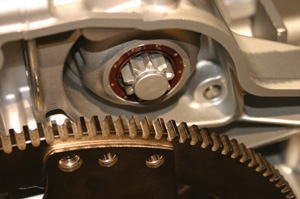 But at some point, the returns and complaints will reach a tipping point. Management will eventually realize that if changes are not made, and made quickly, it will ruin their reputation, and hurt their sales and profits. At that point, they will switch suppliers and go with a remanufacturer who makes a quality product (or at least a somewhat better product that hopefully won’t have as many defects and returns). That’s the decision that should have been made in the first place, but time and time again we see the same old scenario play itself out. Management decides to sell a line of low-priced, low-quality reman parts, then ends up dropping the supplier after they realize their decision is costing them customers and sales.
But at some point, the returns and complaints will reach a tipping point. Management will eventually realize that if changes are not made, and made quickly, it will ruin their reputation, and hurt their sales and profits. At that point, they will switch suppliers and go with a remanufacturer who makes a quality product (or at least a somewhat better product that hopefully won’t have as many defects and returns). That’s the decision that should have been made in the first place, but time and time again we see the same old scenario play itself out. Management decides to sell a line of low-priced, low-quality reman parts, then ends up dropping the supplier after they realize their decision is costing them customers and sales.
A CASE HISTORY
Reman alternators have one of the highest return rates of any reman part. Admittedly, many alternators are replaced unnecessarily because of incorrect diagnosis. An alternator may also fail to charge if it is not installed correctly. That’s why many alternators that are returned under warranty have no fault found when tested.
Another factor that has complicated charging issues in late model cars is that the voltage output of many alternators is controlled by the Powertrain Control Module (PCM). The alternator still has in internal voltage regulator, but the PCM communicates with the regulator to vary the charging output according to operating conditions. For example, charging output may be reduced when a cold engine is first started or when it is idling to improve idle smoothness. The PCM may then ramp up the charging voltage depending on electrical loads and the state of charge of the battery.
My son drives a 2003 MINI Cooper. A couple of months ago, he hit some deep water on the highway and burned out his alternator. The MINI dealer wanted $700 for a new alternator, and $300 labor to install it (it’s a time-consuming job on the MINI because of the alternator’s buried location). So like any smart shopper, my son called around to some local auto parts stores to see if anybody had a reman alternator to fit his car. One did, and it was only $180. That was a lot cheaper than a new alternator, so he bought it.
He didn’t have the tools to change it himself as he was 1,200 miles from home at college, so he found a local repair shop to install it for him. He had the shop bench test the reman alternator to make sure it worked before they went through all of the labor to install it. It seemed to work okay.
But after it was installed, he discovered it did was not functioning correctly. The alternator produced no charging output at all when the car was first started, and would only charge after the engine was revved to 3,000 rpm. And then it went to maximum output.
He now had a difficult decision to make: take the alternator back to the parts store and exchange it for another which might or might not work any better than the first one (and pay the shop another $300 labor to replace the unit a second time), or just drive the car as is. He chose the latter.
About a week later, the MINI’s airbag warning light came on. Of course, nobody had a scan tool that could read MINI airbag codes except the MINI dealer, so he had to pay $105 for a diagnosis. The diagnosis? The airbag module had burned out because the alternator was producing too much voltage. The regulator in the reman alternator was not communicating properly with the PCM, probably because the “generic” regulator the rebuilder had installed in the unit was not compatible with the MINI’s requirements.
My son ended up having to pay the MINI dealer to replace the reman alternator with a new one, and to replace the burned out airbag module to the tune of $1,800. The money he thought he was saving by purchasing the low-cost reman alternator turned out to cost him a lot more in the long run.
The auto parts retailer who sold him the reman alternator eventually refunded him his money for the part, but would not accept any responsibility for the labor charges or the additional damage that resulted from the improper charging output of their unit. He would have to take that issue up with the alternator supplier who shall remain unnamed to protect the guilty.
I did call the suppliers and asked them if they’d had any comebacks from similar applications, since obviously the unit they were selling did not have the correct voltage regulator for the application. They feigned ignorance and said they were not aware of any such problems. The said they would test the unit and try to determine the malfunction. To date, we have heard nothing back — and no reimbursement for the labor or $400 airbag module.
The point of sharing this episode is a consumer may find themselves between a rock and a hard place if a reman parts turns out to be defective, and the warranty does not cover installation labor (which few do). Labor usually costs a lot more than the part that is being replaced, so having to pay to have a part replaced twice can be a painful cost to bear. That’s why parts stores should avoid selling reman parts that are poor quality or have not been thoroughly tested to make sure they fit and function the same as an original equipment part.
NO DEFINITION FOR REMAN
Unfortunately, there is no industry standard definition for reman parts, other than parts that have been rebuilt, reconditioned or remanufactured to some level of functionality so they can be reused. Some are as good or better than original equipment parts, and others are not much better than used parts or junk.
If a customer wants to save some money and wonders how a reman part compares to a new part, he may need to be educated as to what exactly he is buying.
If the reman part in question is truly a remanufactured part from a reputable supplier, it can be a better value than buying new — provided the reman part has been rebuilt or reconditioned to OEM specifications with quality components, has been thoroughly tested to make sure it works correctly, and is backed by a meaningful warranty (longer is always better).
On the other hand, if the reman part in question is a value line product from a supplier who more focused on price than quality, the reman part might not be such a bargain after all. There should be an effort to educate customers about such differences, and to upsell the customer to a higher grade of reman part or a new part if reliability and durability are more important to him than price.
Personally, I’d rather replace a part once and have it last, than to install something of questionable quality and have it fail six months or a year later — even if it has an extended warranty. As I said earlier, labor is often more of a factor in replacing parts than the cost of the part itself. And once I’ve been burned by a defective part or one that failed after a short period of service, I won’t buy that brand again — regardless of its price or warranty.

